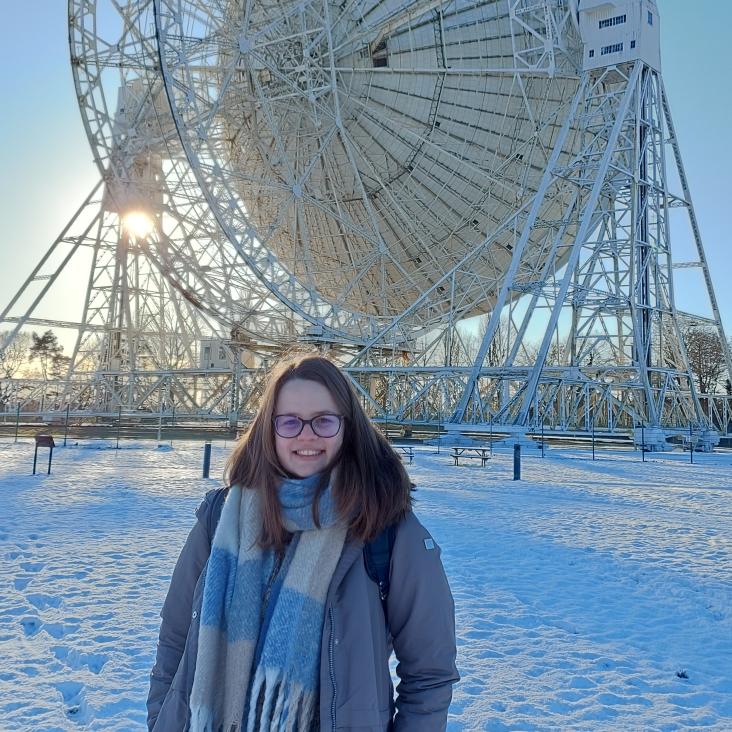The LOFAR Two-metre Sky Survey: Deep Fields Data Release 2
Astronomy & Astrophysics EDP Sciences 695 (2025) a80
The jet paths of radio active galactic nuclei and their cluster weather
Astronomy & Astrophysics EDP Sciences 695 (2025) a178
MIGHTEE: Exploring the relationship between spectral index, redshift and radio luminosity
Monthly Notices of the Royal Astronomical Society (2025) staf209
Cross-correlating the EMU Pilot Survey 1 with CMB lensing: Constraints on cosmology and galaxy bias with harmonic-space power spectra
Publications of the Astronomical Society of Australia (2025)
Abstract:
We measured the harmonic-space power spectrum of galaxy clustering auto-correlation from the Evolutionary Map of the Universe Pilot Survey 1 data (EMU PS1) and its cross-correlation with the lensing convergence map of cosmic microwave background (CMB) from Planck Public Release 4 at the linear scale range from ℓ = 2 to 500. We applied two flux density cuts at 0.18 and 0.4mJy on the radio galaxies observed at 944MHz and considered two source detection algorithms. We found the auto-correlation measurements from the two algorithms at the 0.18mJy cut to deviate for ℓ ≥ 250 due to the different criteria assumed on the source detection and decided to ignore data above this scale. We report a cross-correlation detection of EMU PS1 with CMB lensing at ∼5.5σ, irrespective of flux density cut. In our theoretical modelling we considered the SKADS and T-RECS redshift distribution simulation models that yield consistent results, a linear and a non-linear matter power spectrum, and two linear galaxy bias models. That is a constant redshift-independent galaxy bias b(z) = bRadio galaxies in simba: a MIGHTEE comparison
Monthly Notices of the Royal Astronomical Society Oxford University Press (OUP) 536:3 (2024) 2873-2890


